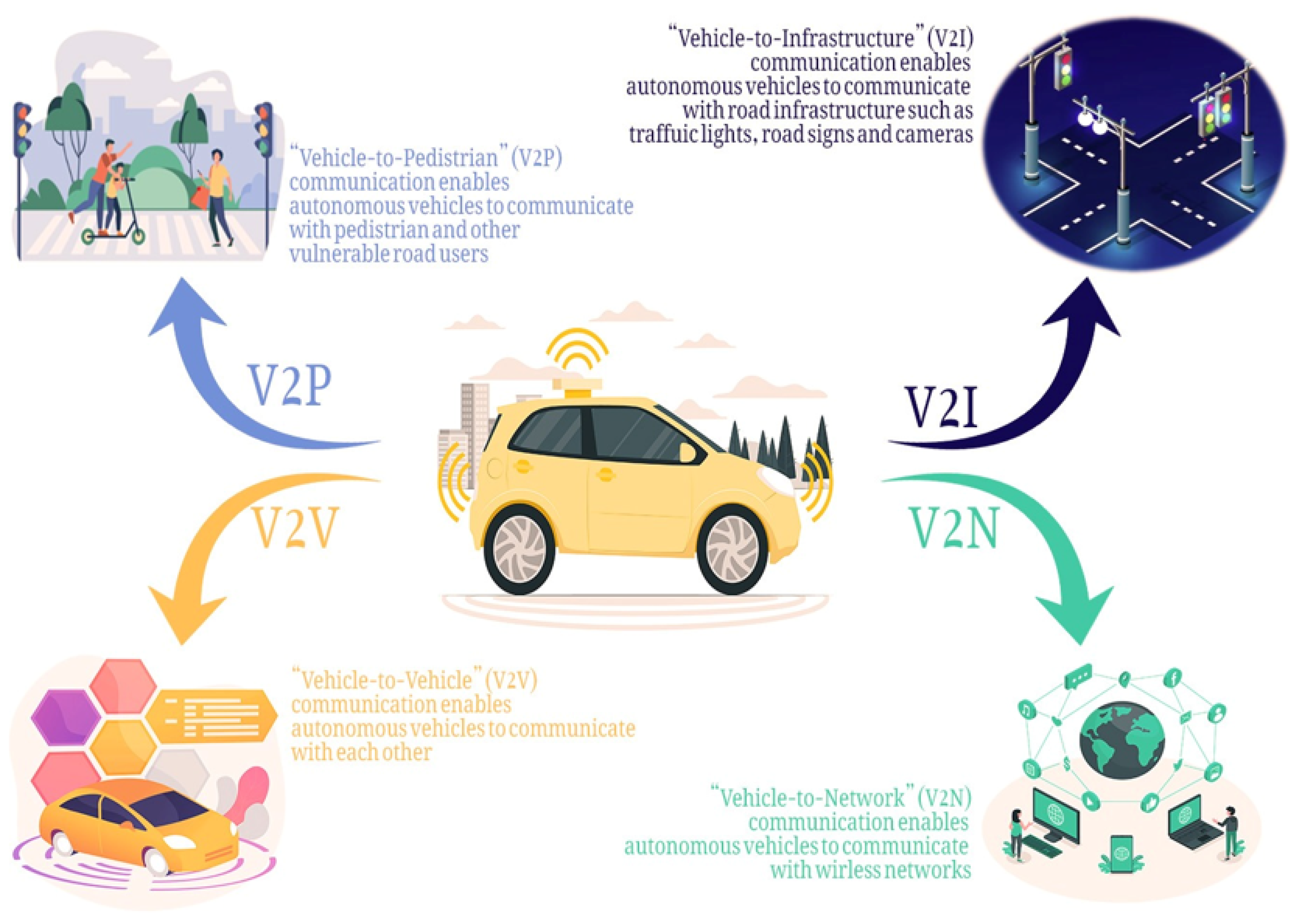20Shift: Your Daily Dose of Insight
Stay updated with the latest trends and news across various domains.
Autonomous Vehicles: The Future or Just a Bumpy Ride?
Explore the thrilling journey of autonomous vehicles—are they the future of transport or just a bumpy ride? Find out now!
Understanding Autonomous Vehicles: How They Work and Their Potential Impact
Understanding Autonomous Vehicles involves a thorough exploration of their intricacies, encompassing various technologies that enable them to navigate and operate without human intervention. At the core of these vehicles are sensors, including cameras, radar, and lidar, which gather data from the environment. This data is processed by sophisticated algorithms that allow the vehicle to interpret its surroundings, make decisions, and control its movements. With advancements in artificial intelligence and machine learning, autonomous vehicles are becoming increasingly capable of handling complex driving scenarios, such as urban traffic and adverse weather conditions.
The potential impact of autonomous vehicles on society is immense. They promise to enhance road safety by significantly reducing human error, which is a leading cause of accidents. Additionally, autonomous vehicles can improve traffic efficiency, leading to reduced congestion and decreased travel times. Increased accessibility for individuals who cannot drive, such as the elderly and disabled, represents another profound benefit. Even the environmental footprint may be positively affected through optimized driving patterns and the likelihood of integrating electric vehicle technology. As we continue to explore these advancements, it is clear that understanding autonomous vehicles will be essential for navigating the future of transportation.

The Pros and Cons of Self-Driving Cars: Are We Ready for the Change?
As technology advances, self-driving cars have emerged as a significant innovation in the automotive industry. One of the most notable pros of autonomous vehicles is the potential for increased safety on the roads. According to studies, a large percentage of traffic accidents can be attributed to human error, and by removing the human element from driving, the likelihood of accidents could be significantly reduced. Additionally, self-driving cars can enhance traffic flow and efficiency, potentially leading to fewer traffic jams and reduced travel times.
However, the shift towards self-driving cars also comes with its share of cons. One of the primary concerns revolves around job displacement, as many driving positions could become obsolete, affecting millions of workers worldwide. Moreover, there are unresolved ethical dilemmas, such as how self-driving cars should react in emergency scenarios. These issues, combined with questions about the technology's reliability and potential for hacking, raise doubts about whether society is truly prepared for this significant change. As we consider the future of transportation, it is clear that the transition to autonomous vehicles requires careful thought and planning.
Autonomous Vehicles and Safety: Can They Really Reduce Accidents?
Autonomous vehicles have the potential to significantly enhance road safety by reducing the number of accidents caused by human error. According to statistics, around 90% of traffic accidents are attributed to human mistakes, such as distracted driving, speeding, and impaired judgment. By leveraging advanced technologies like artificial intelligence, machine learning, and real-time data analysis, self-driving cars can make quick decisions and respond to hazardous situations faster than a human driver ever could. This increased reaction time could dramatically lower the accident rate, making our roads safer for everyone.
However, the implementation of autonomous driving systems is not without its challenges. Issues such as system malfunctions, cybersecurity threats, and the complex nature of human interactions on the road must be addressed to ensure the safety of these vehicles. Furthermore, regulatory frameworks and public acceptance play crucial roles in the widespread adoption of this technology. As autonomous vehicles continue to evolve, ongoing testing and collaboration between manufacturers, lawmakers, and the public will be essential to realize their full potential in reducing accidents and saving lives.